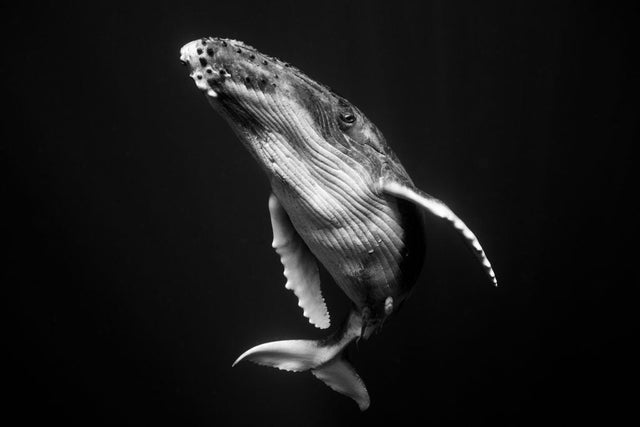Everything You Need to Know About the Game-Changing U.N. High Seas Treaty
The U.N. reached an agreement to protect two thirds of the world's oceans. It's being called the 'Paris Agreement' for ocean biodiversity are deemed historic as it will impact generations to come. Open oceans generate much of the oxygen we breathe, specifically one in two breaths you take supported by the high seas. They're also home to millions of species, and about two million more we haven't yet discovered. Nations have jurisdiction along their coast lines but the high seas, which start about 230 miles from their shoes, are the wild west for regulation as no country has authority there. That means that any nation or entity can drill for fossil fuels beneath the ocean floor, overfish or exploit the high seas without repercussions. It's estimated by 90% of trade crosses the high seas.
40% of our planet's surface consists of this unregulated, wild west of the open high seas.

"40% of our planet's surface consists of this unregulated, wild west of the open high seas"
What's in the Treaty?
Talks first began in 2004. This treaty is decades in the making.
The treaty addresses fundamental questions. Who has the rights to research in the high seas? Who is responsible for environmental damage in those areas? Should the high seas and their resources be on a first-come-first serve basis? Where does that leave poorer nations who are most vulnerable to climate change while contributing the least to it? How do nations split profits from the high seas?
It also includes measure for the protection of species more threatened by extinction like, sharks, rays, coral, whale and fish.
5 Key Aspects of the Treaty
- Creates a roadmap for protecting Marine Protected Areas, which would be like National Parks of the Sea
- Creates a structure for profit sharing from commercialized products derrived from the high seas (fun fact: there's currently a skin cream using microbial extracts from the high seas)
- Includes provisions for the development of marine research and access to information. Currently, access to deep sea is unevenly divided among countries
- Adds the 'polluter pays principle' to the deep sea. This is a concept in environmental law which mandates the polluter, such a factory, pay for the environmental damage. A carbon tax is a great example of this
- Encourages nations to take measures to safeguard the traditional knowledge of marine life held by Indigenous Peoples and local communities
What You Can Do to Protect the Open High Seas
-
Support sustainable seafood. When you buy seafood, look for the Marine Stewardship Council (MSC) blue ecolabel or the Aquaculture Stewardship Council (ASC) green ecolabel. These labels indicate that the seafood has been caught or farmed in a sustainable way.
-
Reduce your plastic use. Microplastic pollution is among the main sources of toxicity in the open ocean. Avoid using single-use plastics, favor recycled plastics and recycle.
-
Shop sustainable and ethical fashion. About 40% of microplastic pollution comes from synthetic clothing. Shop sustainable and ethical brands, and recycle clothing.
-
Volunteer or donate to coastal cleanups. In the summer, find an organization that organizes coastal cleanups. You can volunteer your time to help clean up our beaches so that their pollutants don't reach the high seas.


